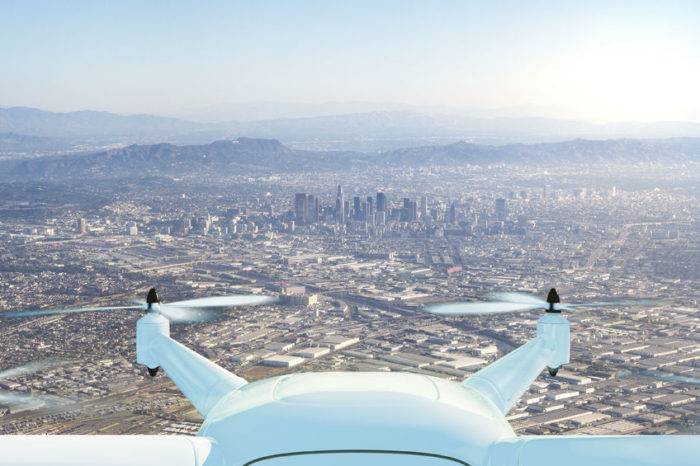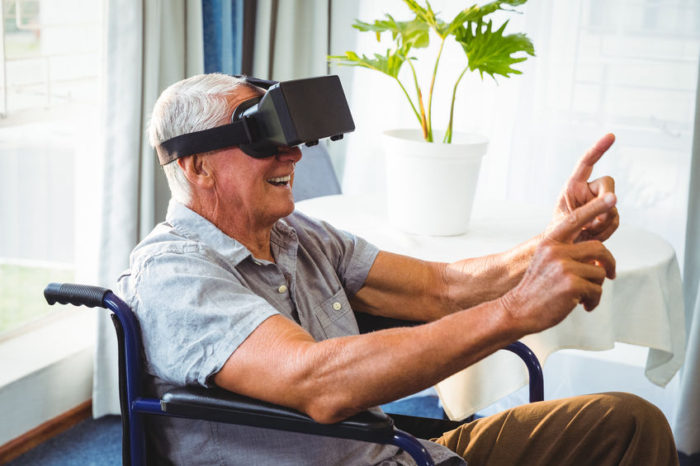Europe has been studying wave and tidal power since the 1960s. Since then, there have been several implementations of wave and tidal power. With other forms of low-carbon power sources being developed and already in use, there are still a lot of hurdles to overcome before the wave and tidal power become mainstream sources of energy. So far, there are studies and bold plans for wave and tidal power plants in the United Kingdom, Alaska, and Australia.
‘The oldest wave and tidal power plant is in the Rance River in France which generates 240MW’
Around the world, there have been a wave and tidal power plants since the 1960s. The oldest wave and tidal power plant are in the Rance River in France which generates 240MW. Apart from being the oldest power plant of its kind, it is also the second biggest in terms of power generation. The biggest wave and tidal power plant are located in the Sihwa Lake in South Korea. It generates 254MW and uses a seawall which was built in 1994 for flood control and agricultural purposes.
Compared to the wind, solar, wave and tidal power lag. The primary reason is technological hurdles and a larger investment. Also, there are fewer locations where a wave and tidal power plant can be located.
‘The biggest wave and tidal power plant is in the Sihwa Lake in South Korea and generates 254MW’
In Alaska, for instance, Yakutat has waves which measure 20 feet high. The potential power generation output from the waves could easily power Yakutat, which is home to 600 people. The town currently depends on its diesel engine generator for its power requirements. In terms of technology and logistics, wave and tidal power is the only option for the small town. Prior research and studies have shown that the town would need around 30 wave energy converters, each costing a million dollars, to power the whole town, Alaska Public reported.
Whether using wave and tidal power is expensive due to its being a new technology. Almost every implementation has used a different approach. There have not been enough installations and power plants to leverage the technology and spread the cost.
There is, however, a discrepancy between estimates about how much it would cost to harness wave and tidal energy. Last 2015, the Department of Energy had a “baseline estimate for floating, deep-water energy” of $0.90 per kilowatt-hour (kWh). By 2017, the figure has gone down to $0.66/kWh. They have a goal to make this $0.17/kWh by 2030.

Part of the expense is due to the need for protection against the weather and saltwater corrosion. One solution for this is to use equipment which is submerged. This approach has been used in Australia, where the movement of the waves is harnessed with the use of a tethered buoy which is connected to a pump. Water is pumped to the mainland, where it runs turbines.
Most of the new designs make use of buoys, instead of submerged propellers or turbines. This allows a lower cost of equipment, installation, as well as maintenance. This bold approach can also be scalable by just multiplying the number of buoys.
The potential for wave and tidal power is enormous and could generate a big chunk of the world’s energy needs. It is another untapped resource that has yet to be fully understood and harnessed. But once it is, it is a bold and commercially-viable, not to mention, more eco-friendly source of power that would make a significant impact on the planet.











